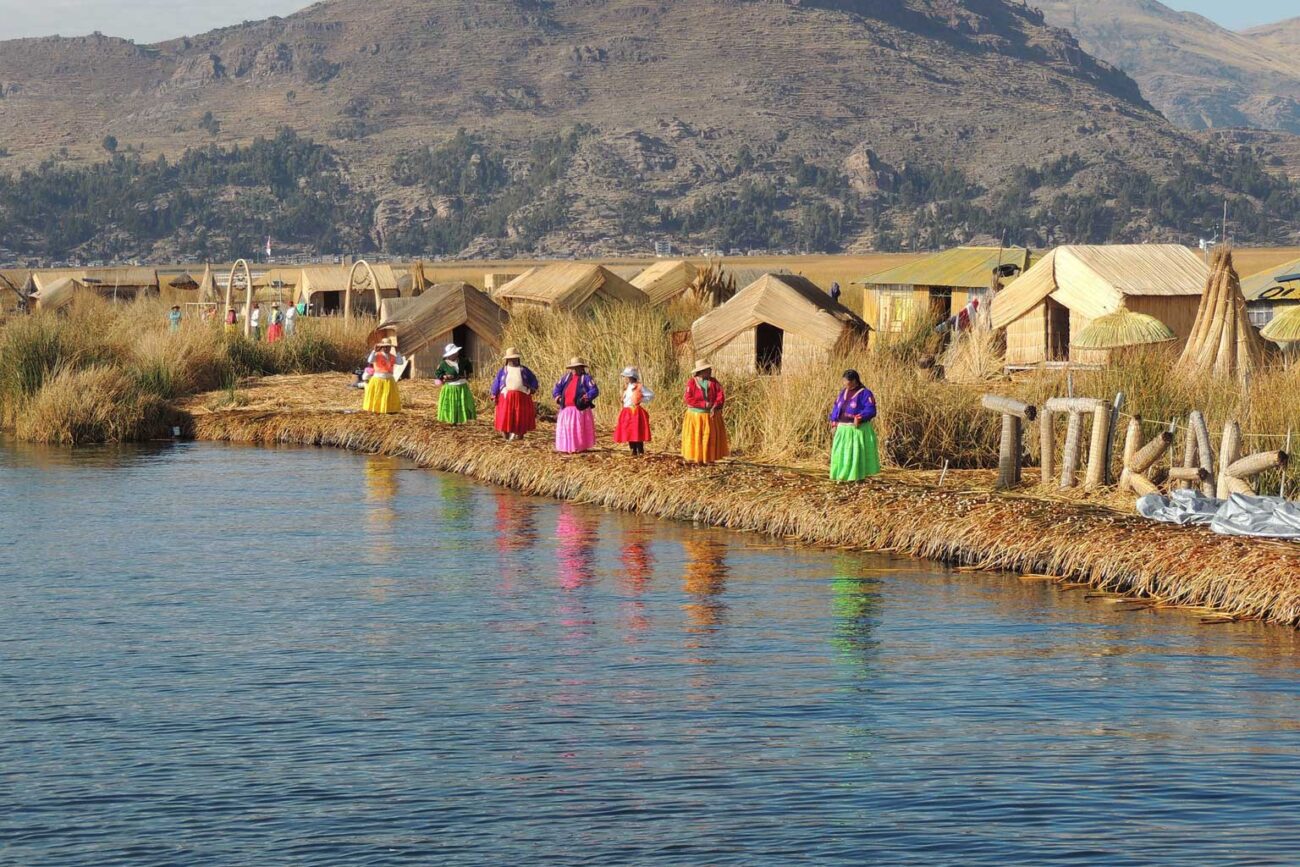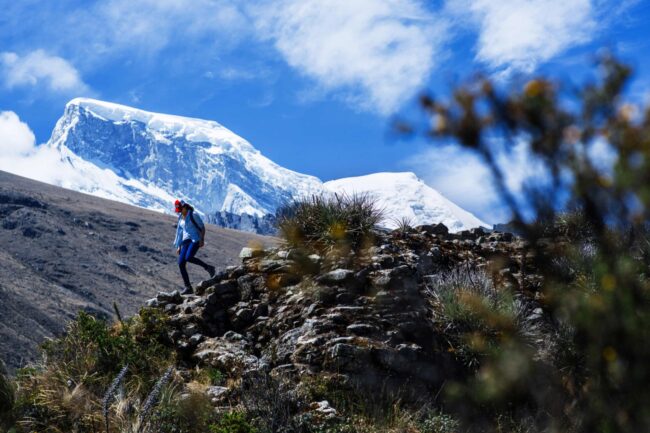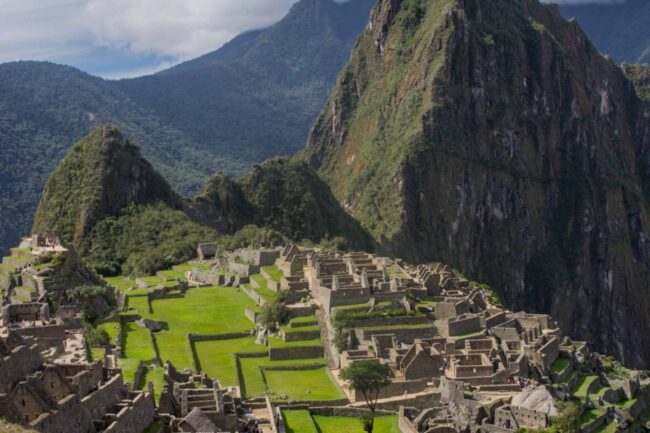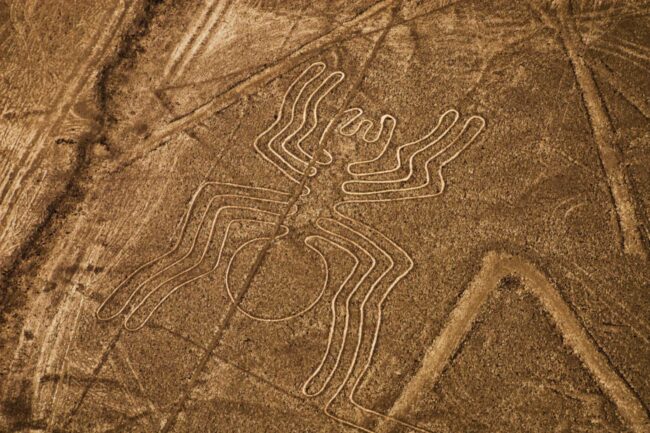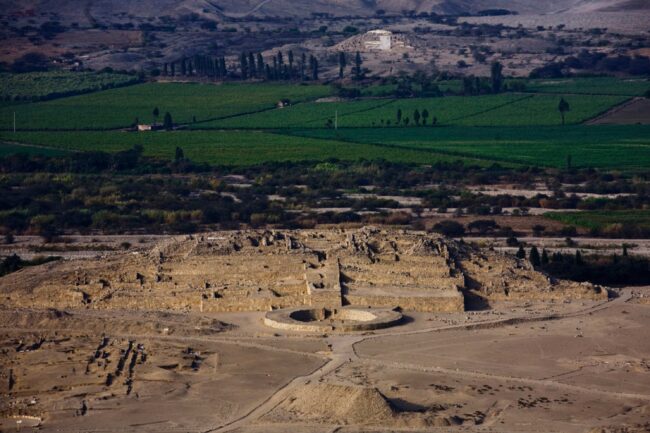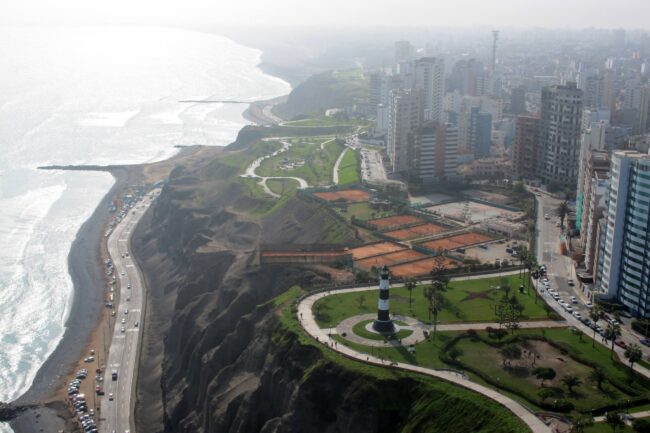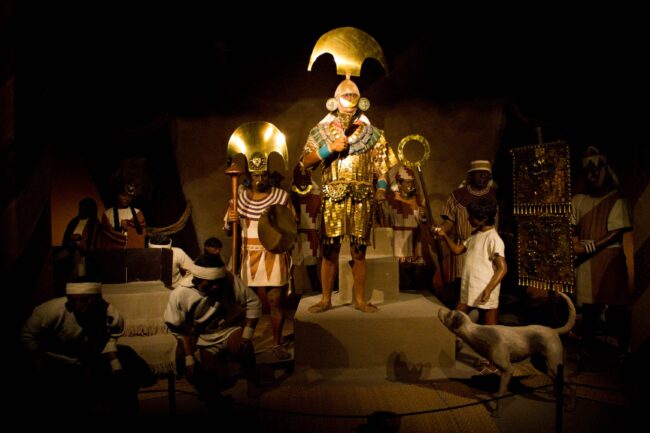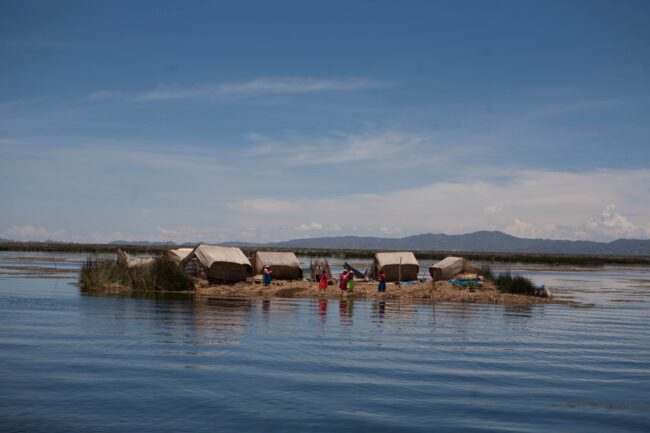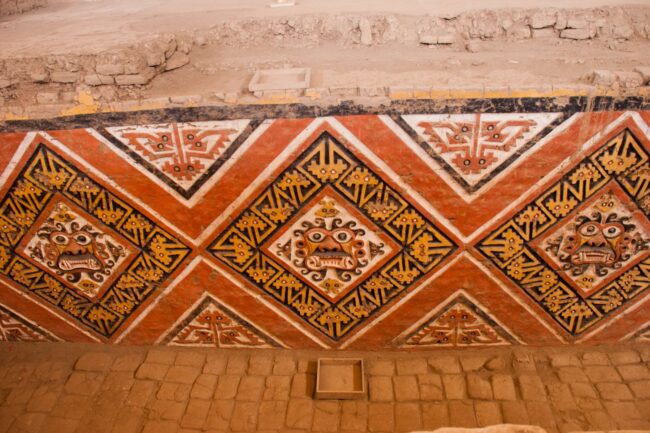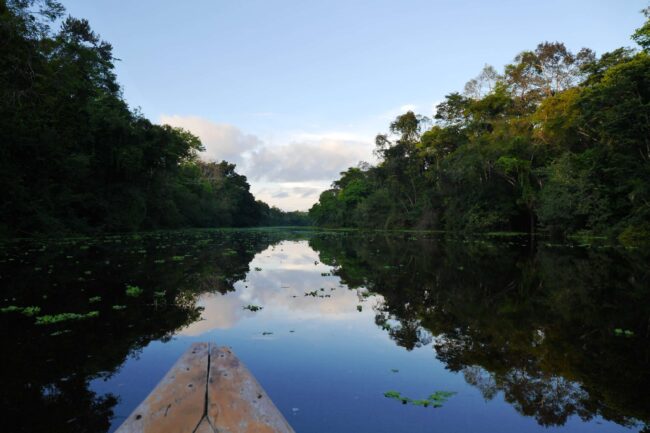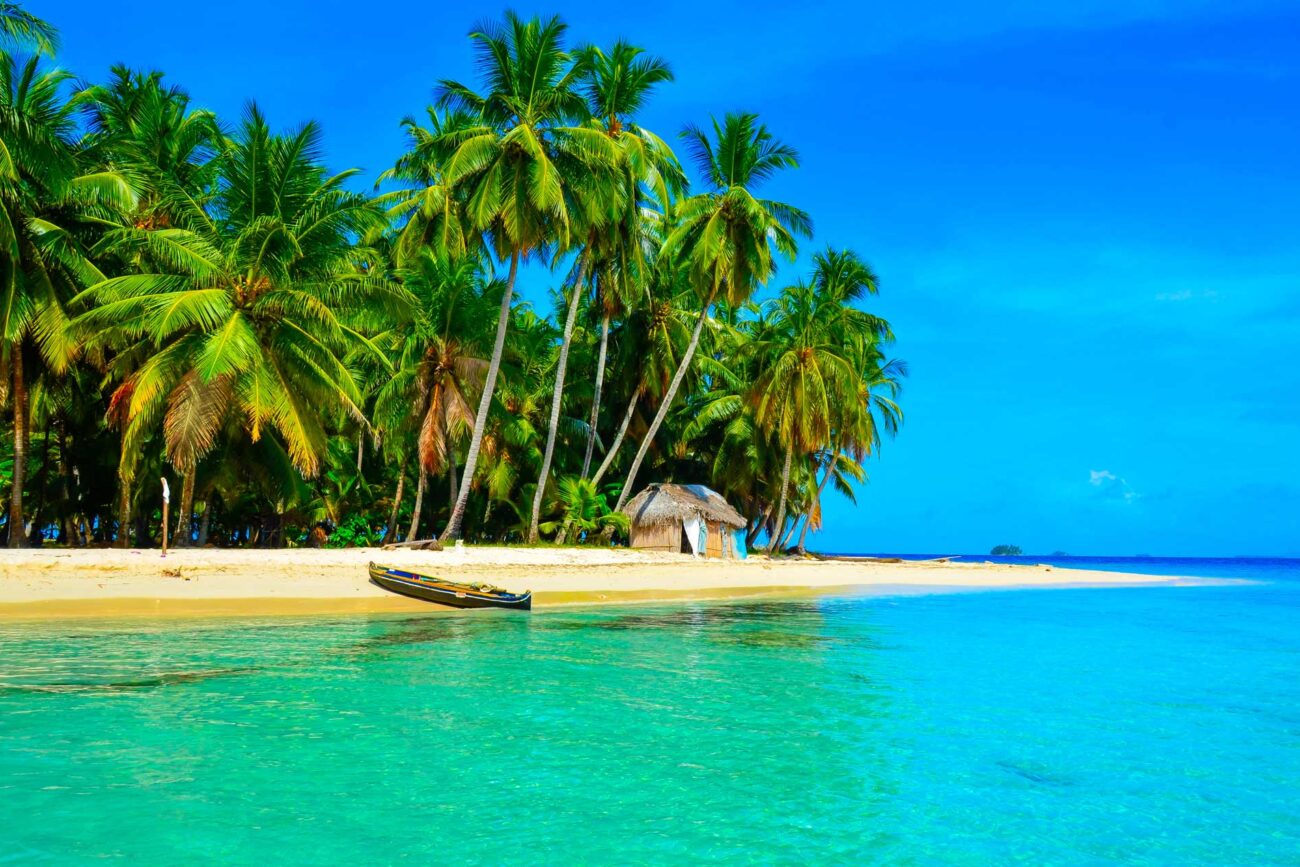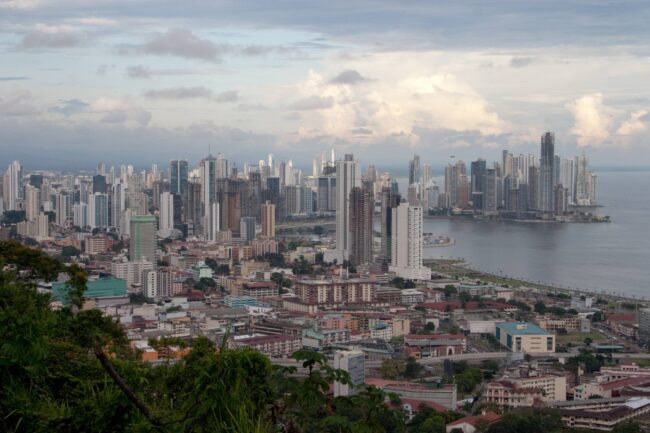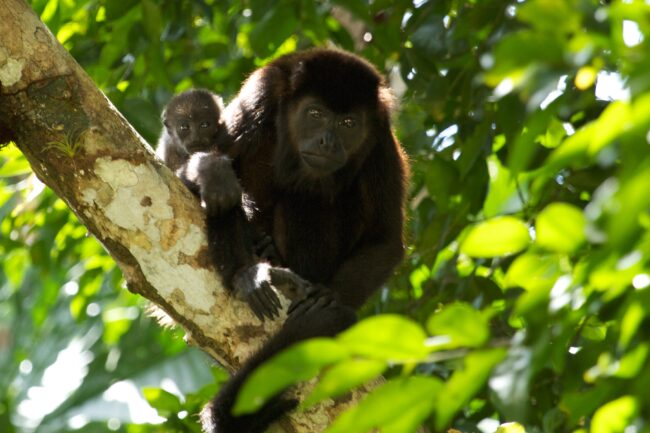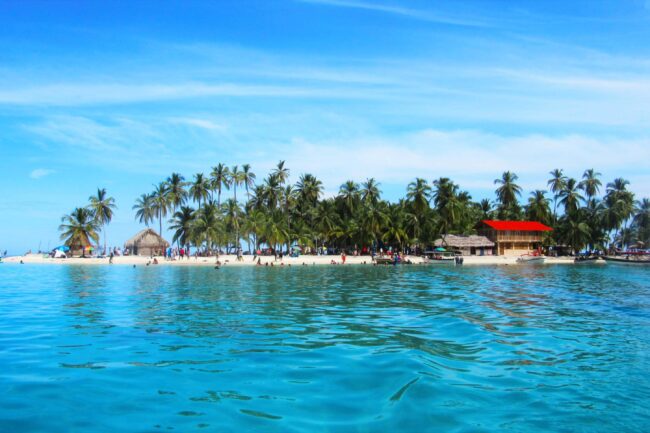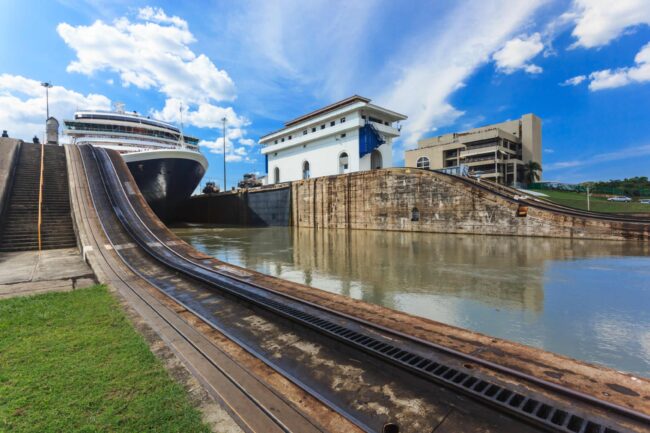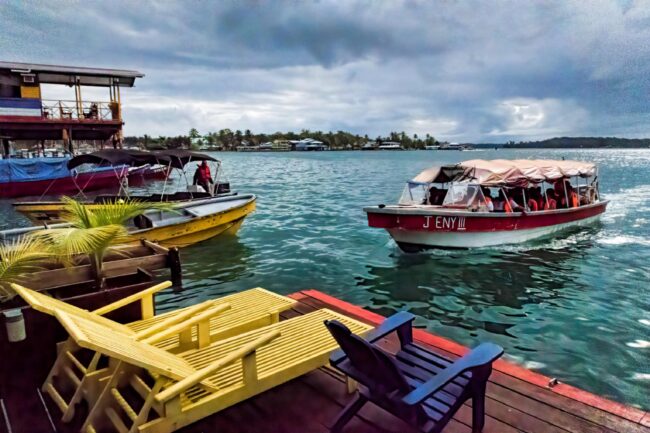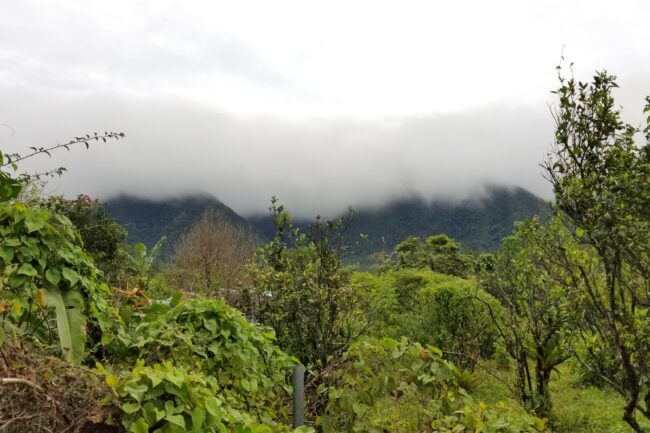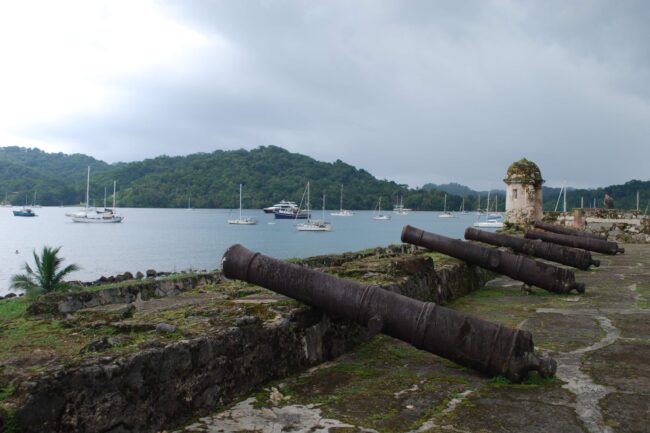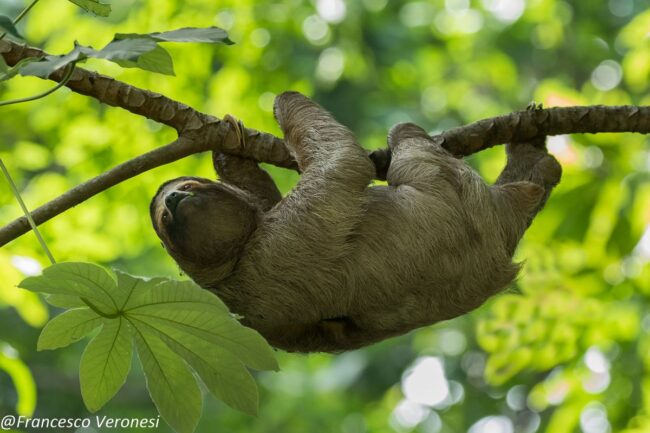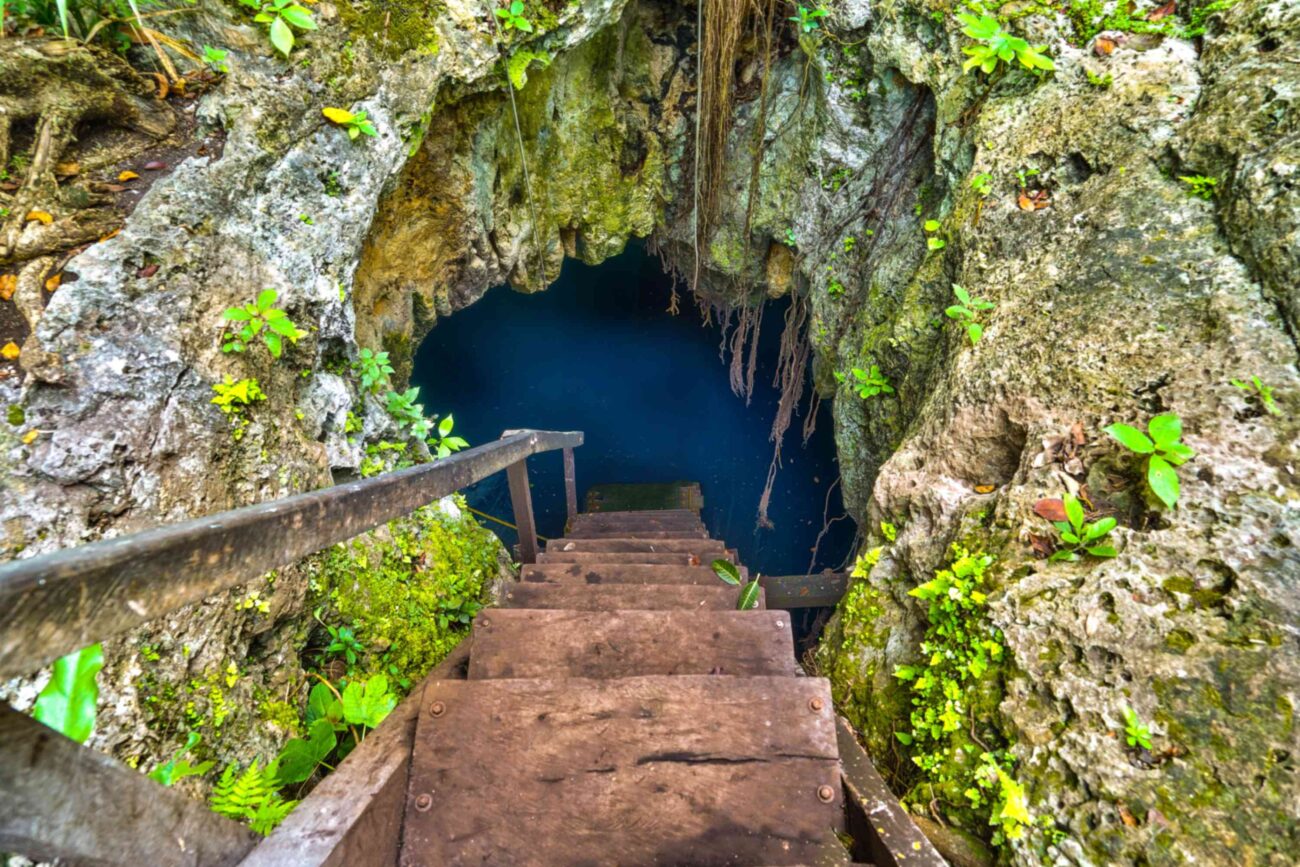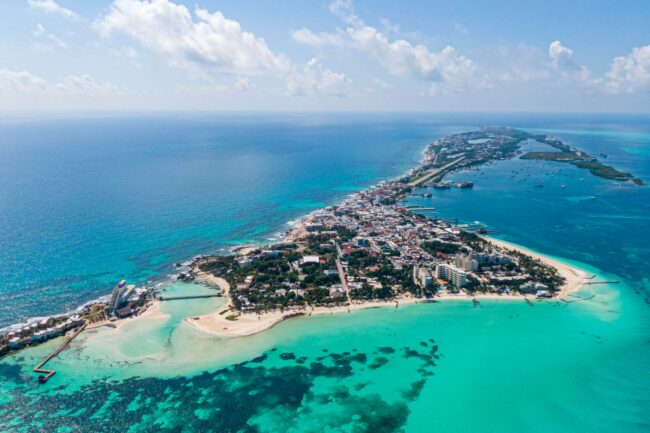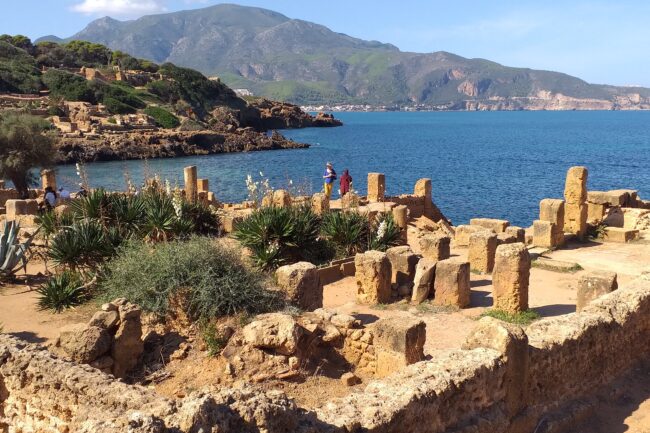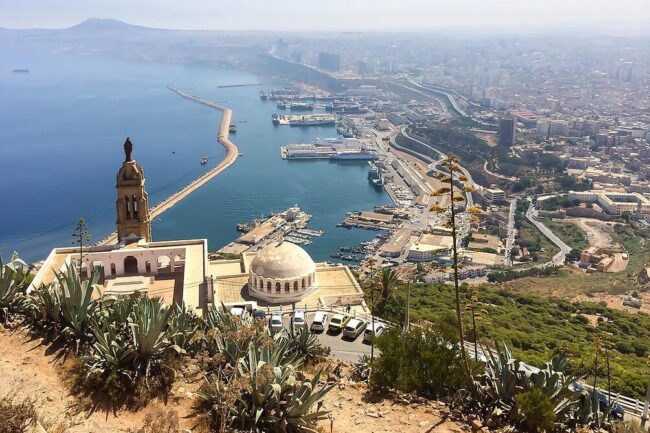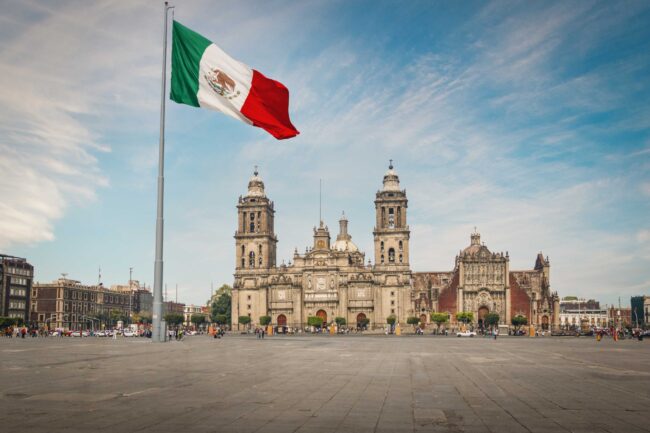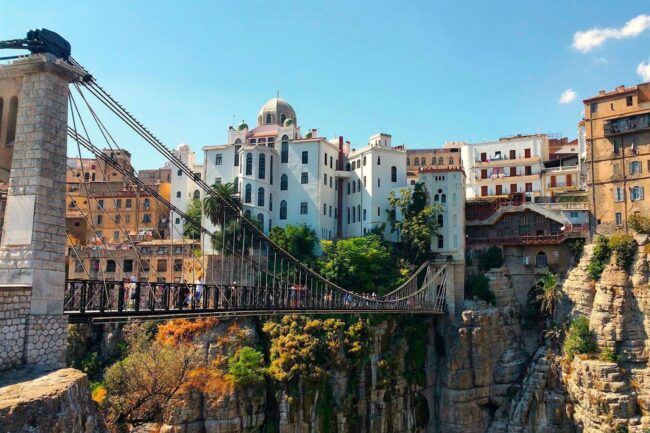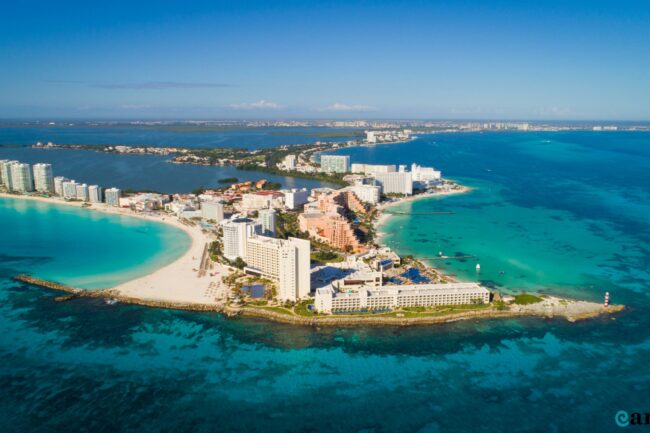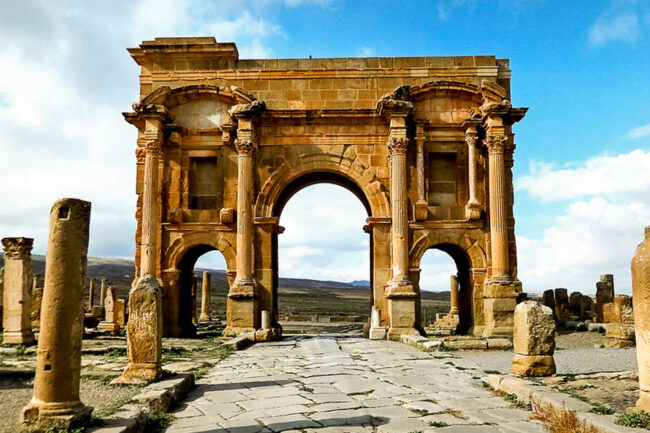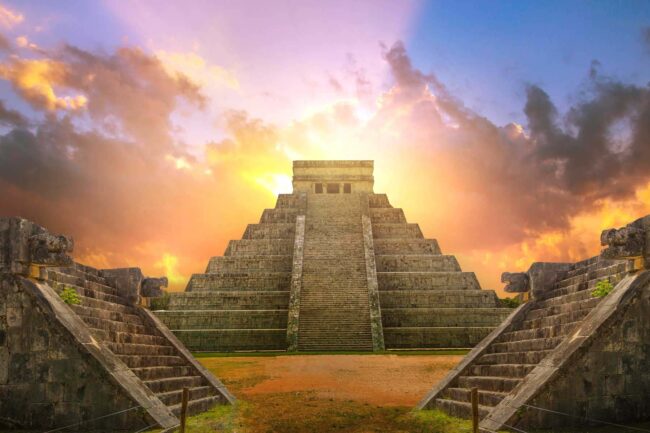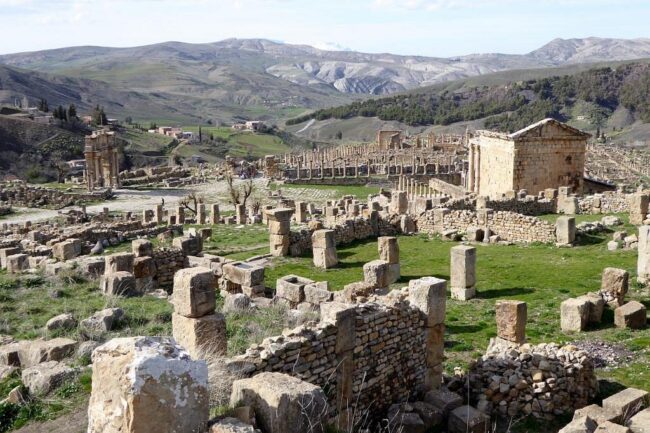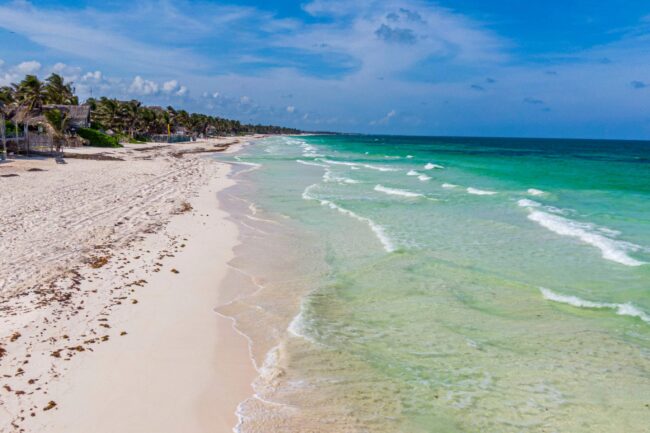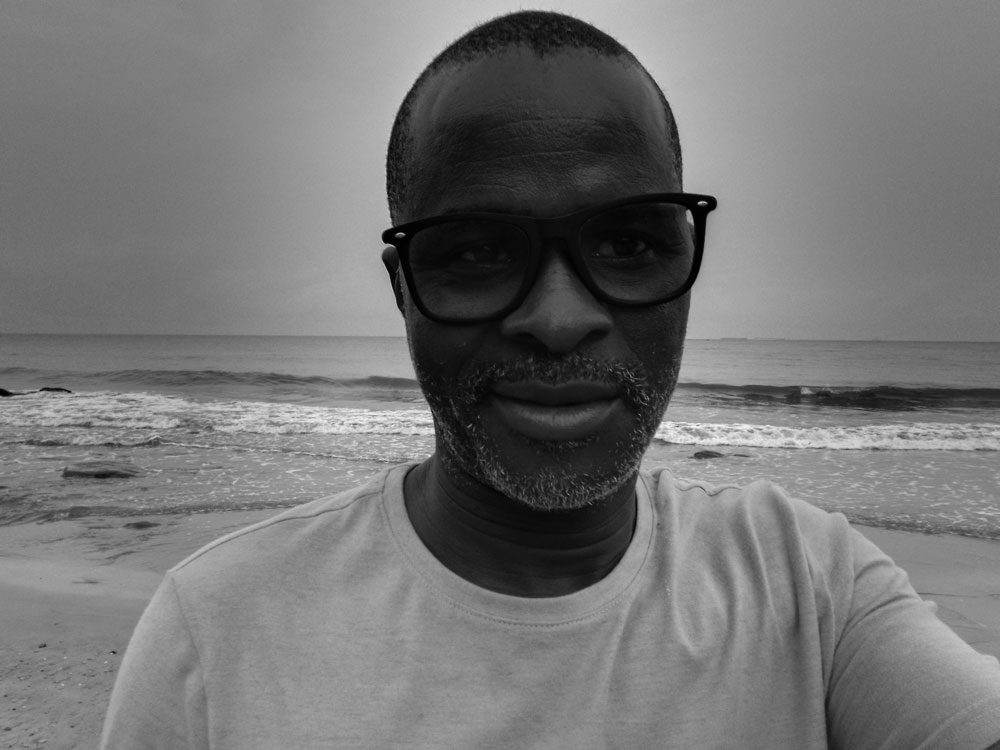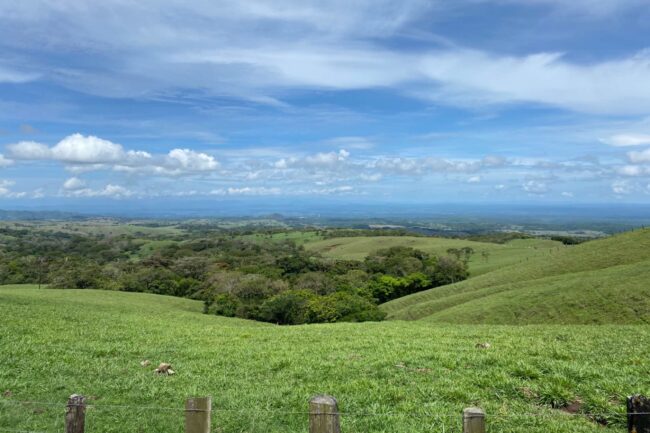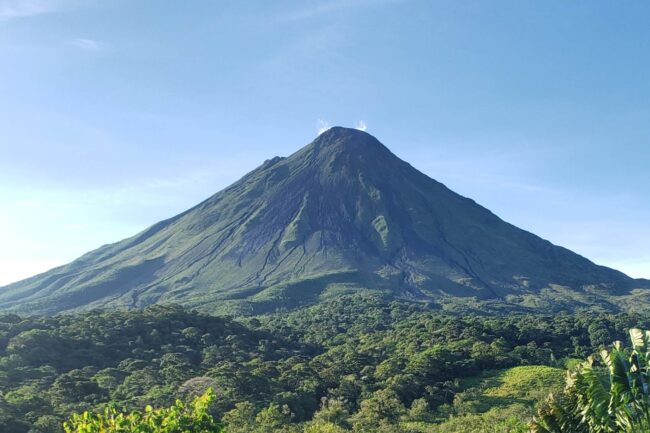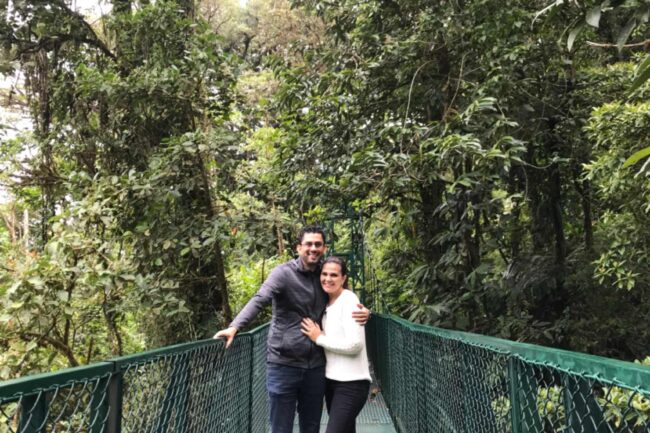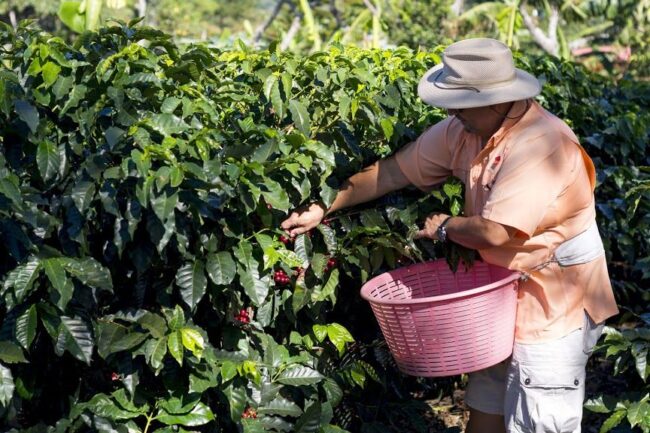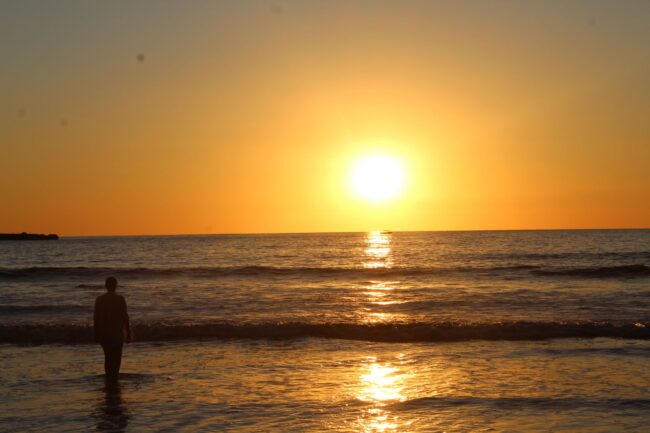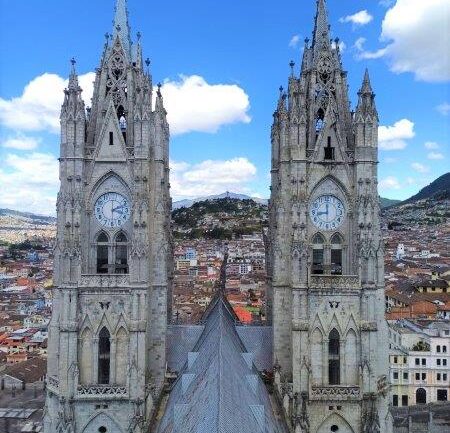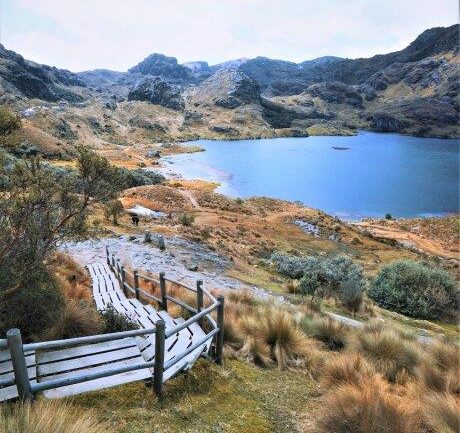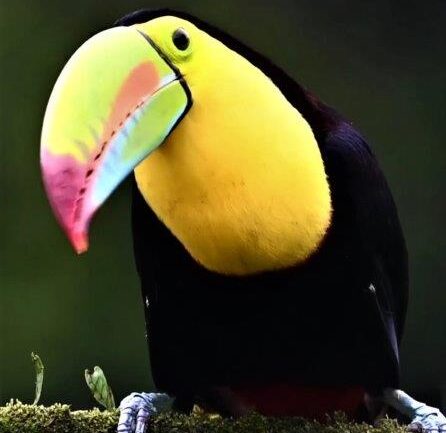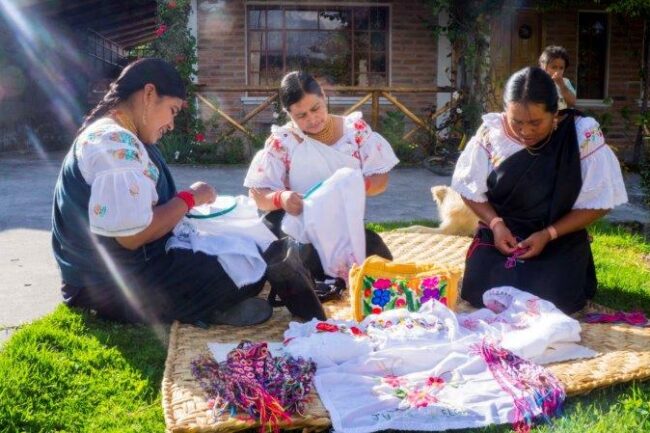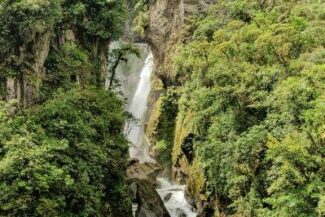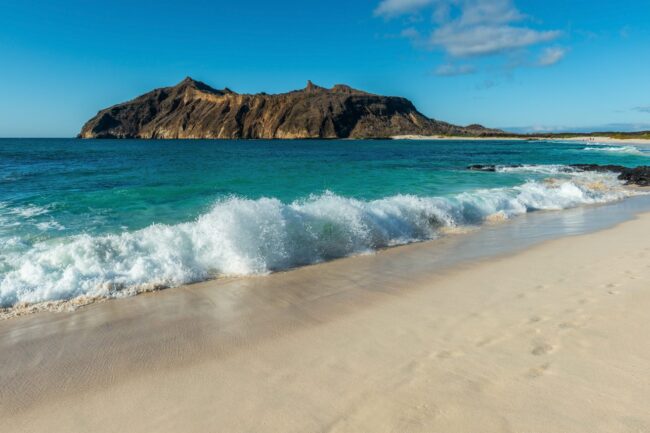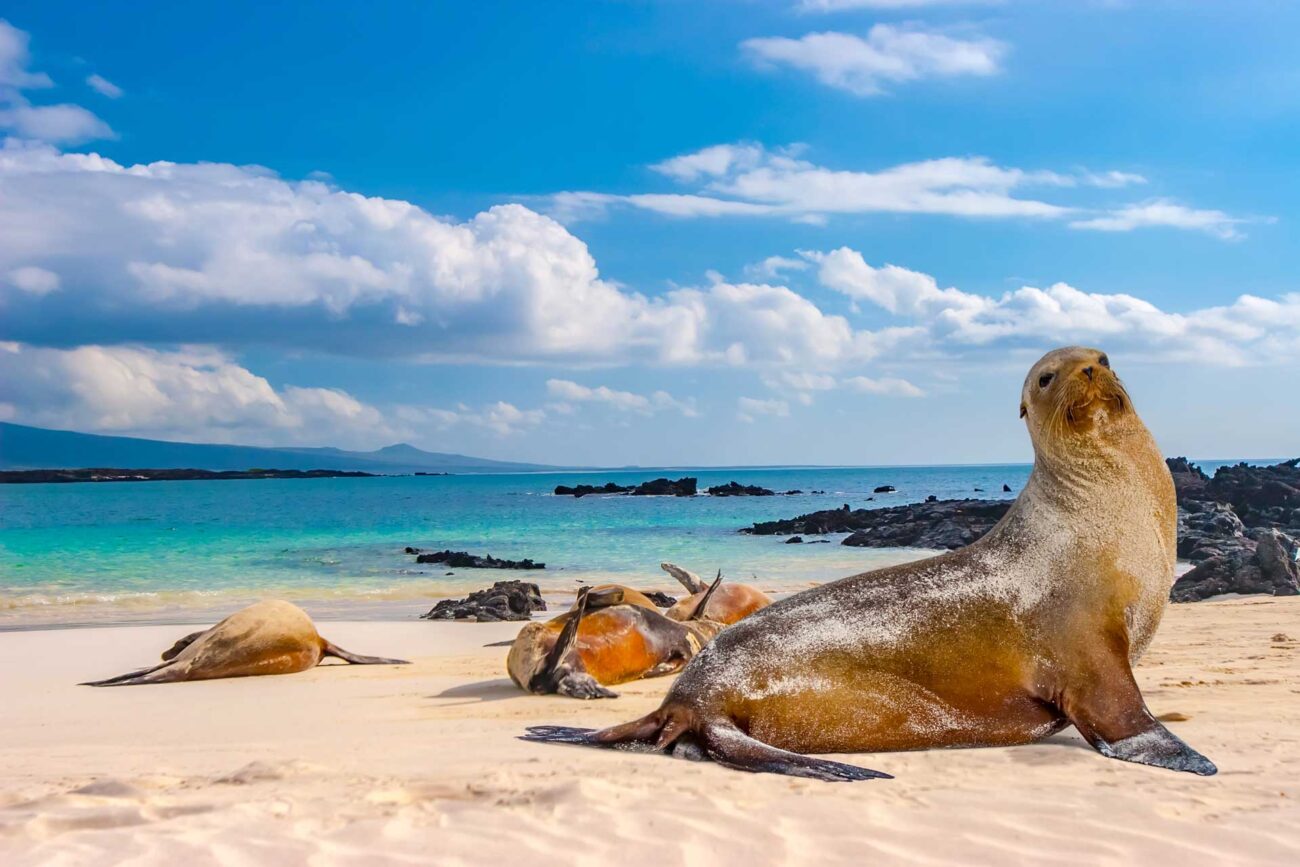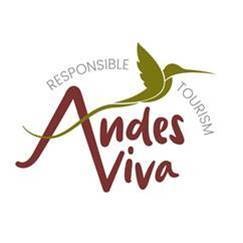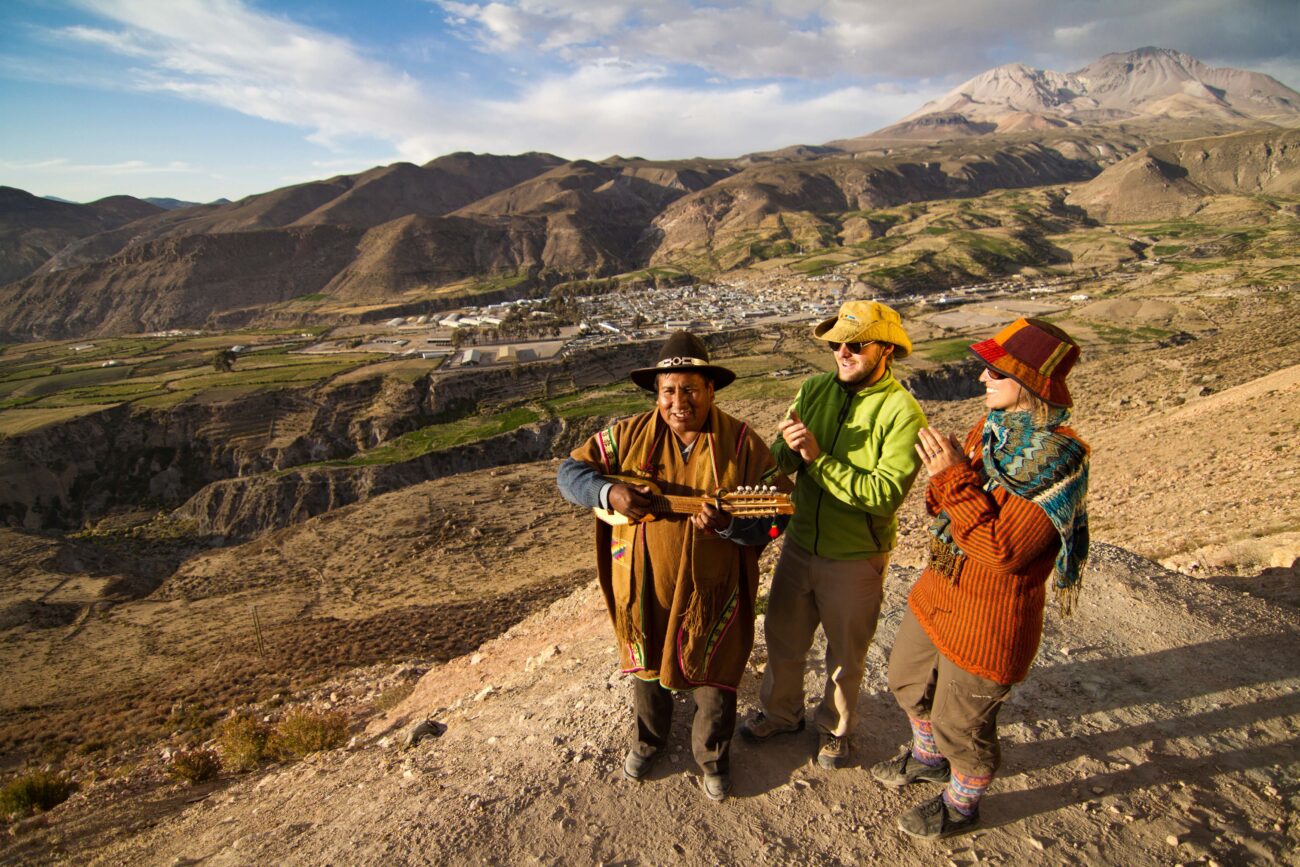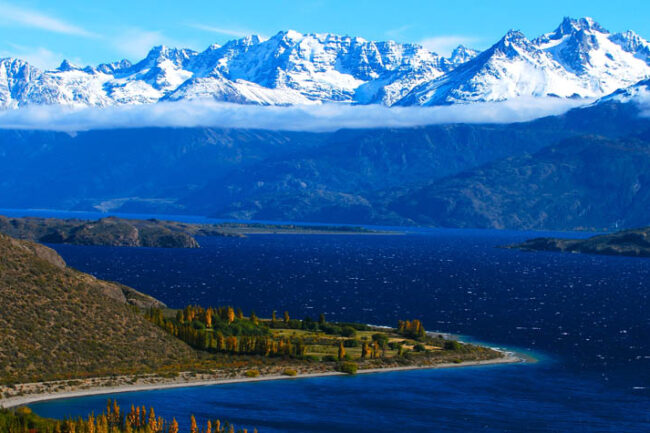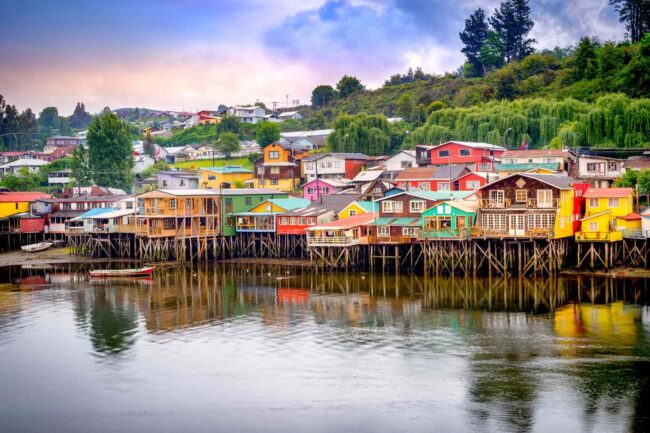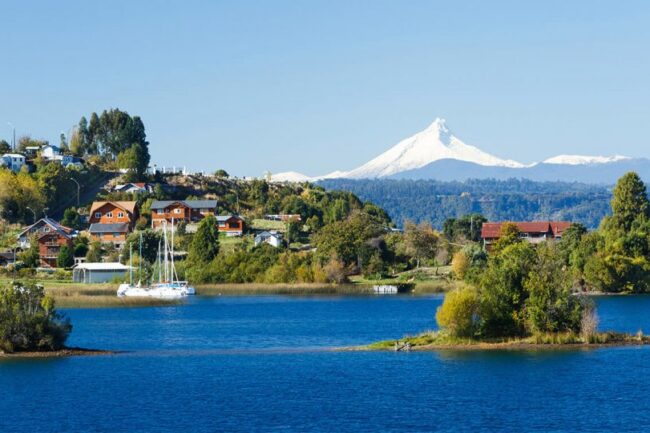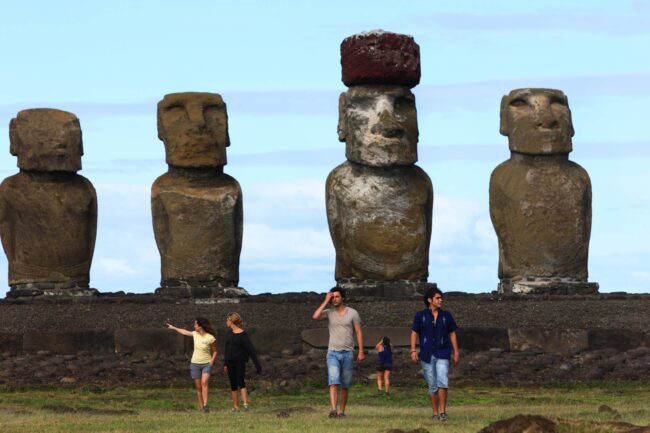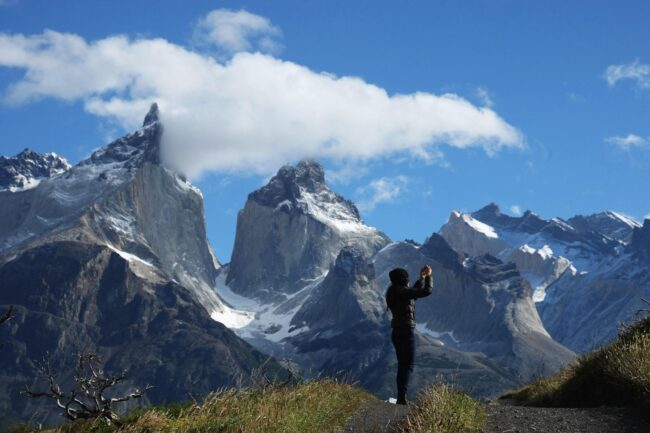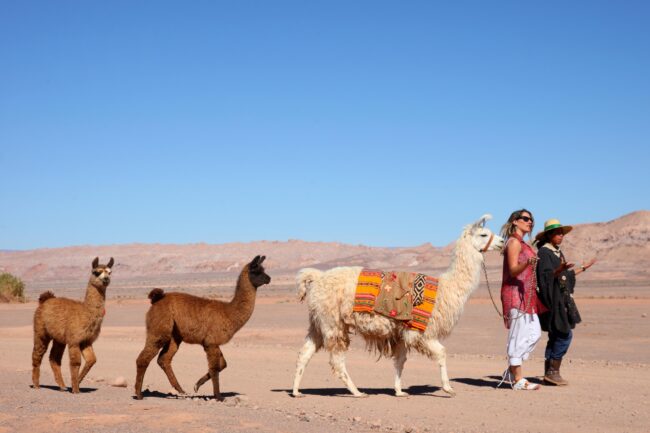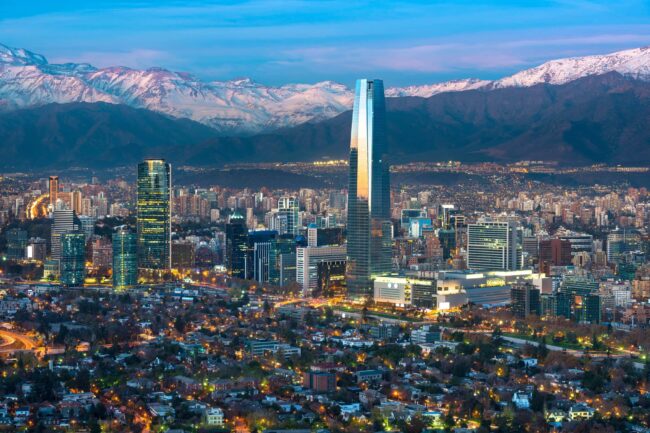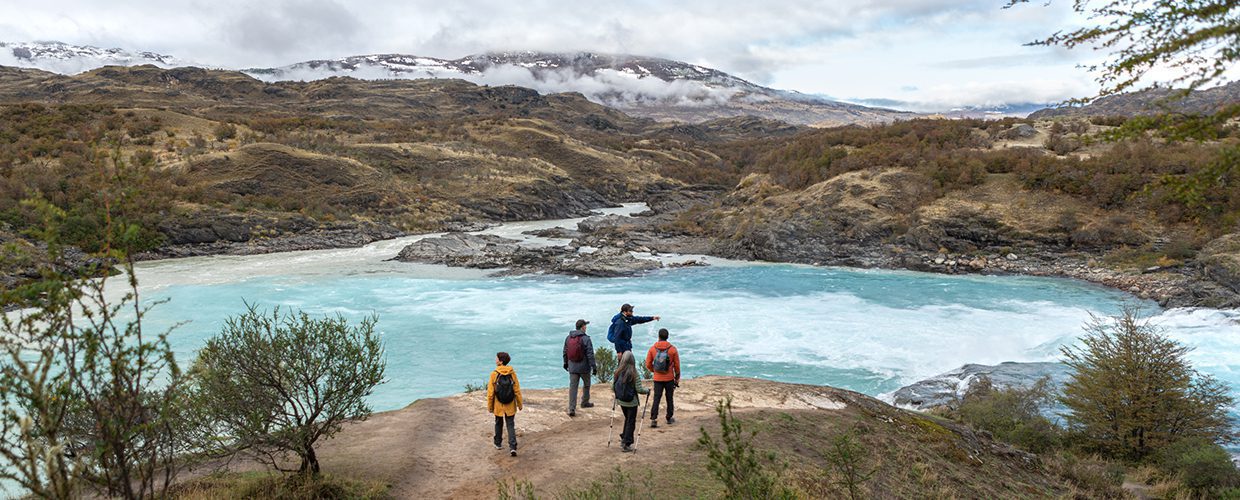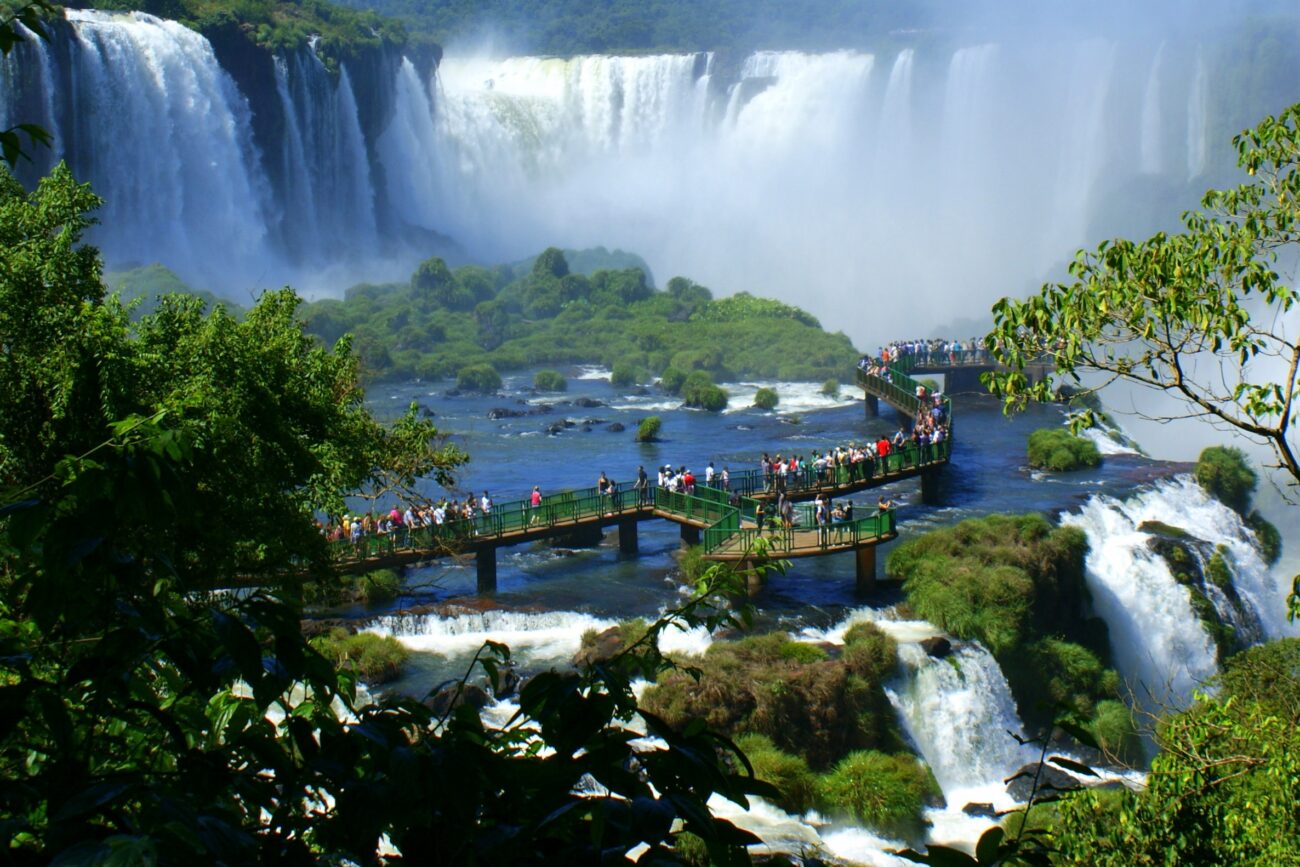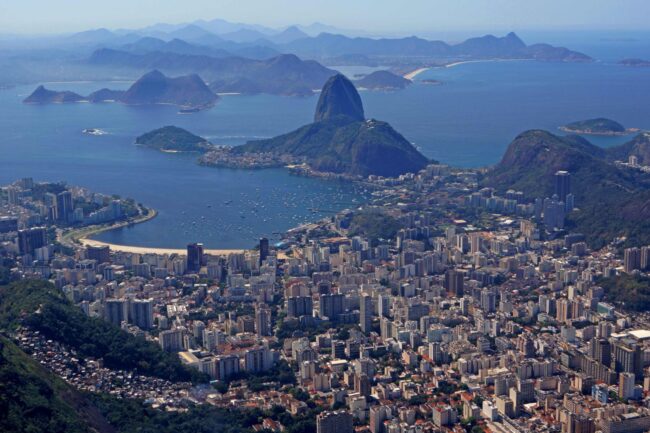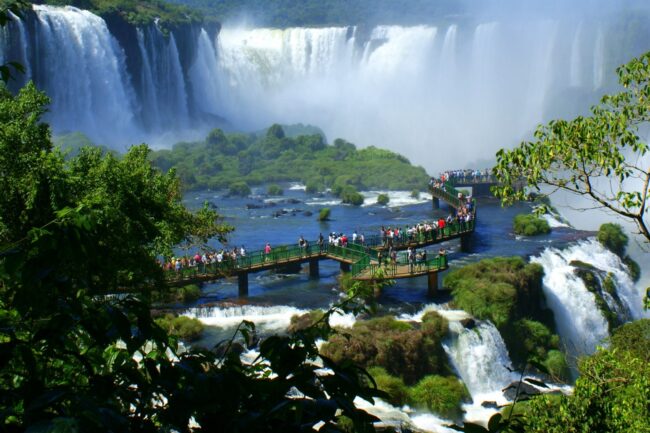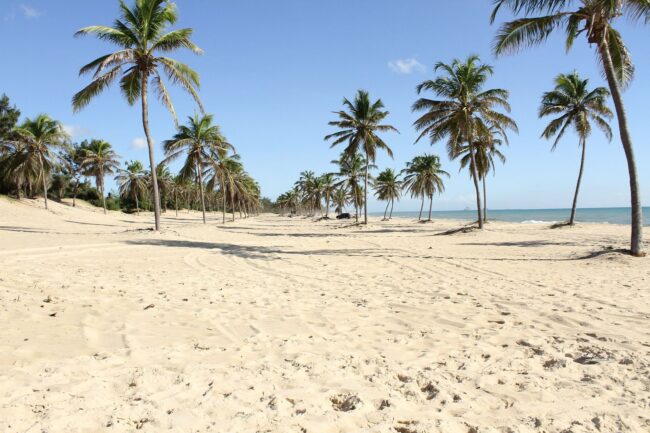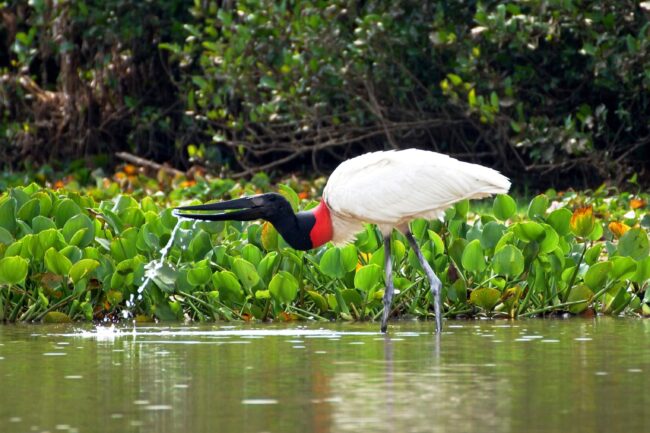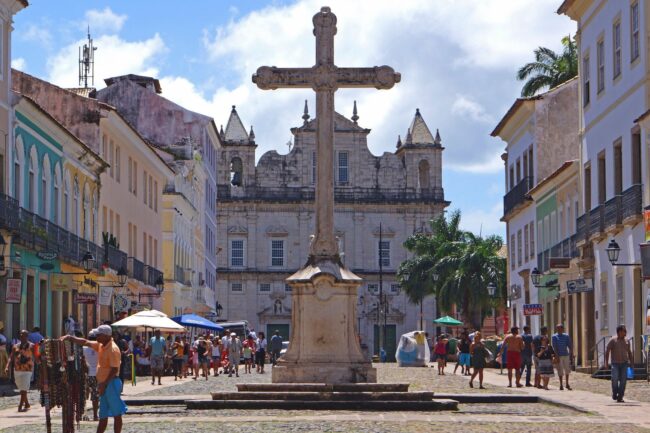Colombia
About MiraMundo Travel
- Our services include crafting personalized itineraries, managing logistics, and providing on-the-ground support for both leisure travelers. From exploring the lush Amazon rainforest and the majestic Andes to uncovering the vibrant city life of Bogotá and Medellín, we tailor each journey to meet our clients' specific needs and interests.
- At MiraMundo Travel, we pride ourselves on our deep understanding of Colombia’s regions and our strong relationships with local suppliers. This allows us to offer exclusive access to hidden gems, authentic experiences, and top-notch accommodations. Whether it’s arranging immersive cultural tours, adventure excursions, or high-end luxury stays, our team ensures every detail is meticulously planned and executed.
- Sustainability and community involvement are integral to our operations. We are committed to promoting responsible tourism by supporting local communities and minimizing environmental impact, ensuring that our travel experiences benefit both our clients and the destinations we highlight.
- With MiraMundo Travel DMC, your Colombian adventure will be expertly curated and seamlessly managed. Let us turn your travel dreams into reality and guide you through an unforgettable journey in one of South America’s most captivating countries. Experience Colombia like never before with MiraMundo Travel DMC.
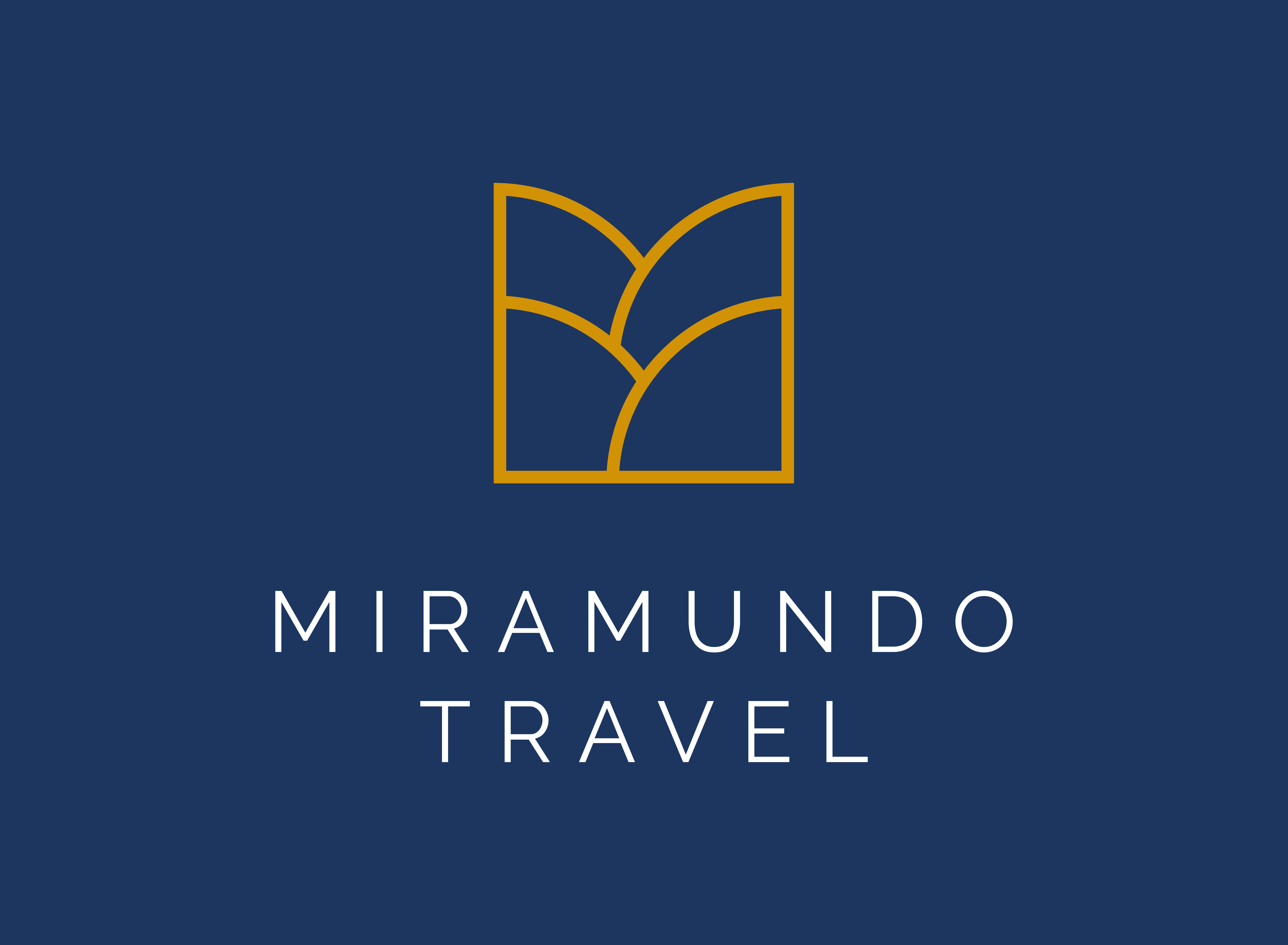
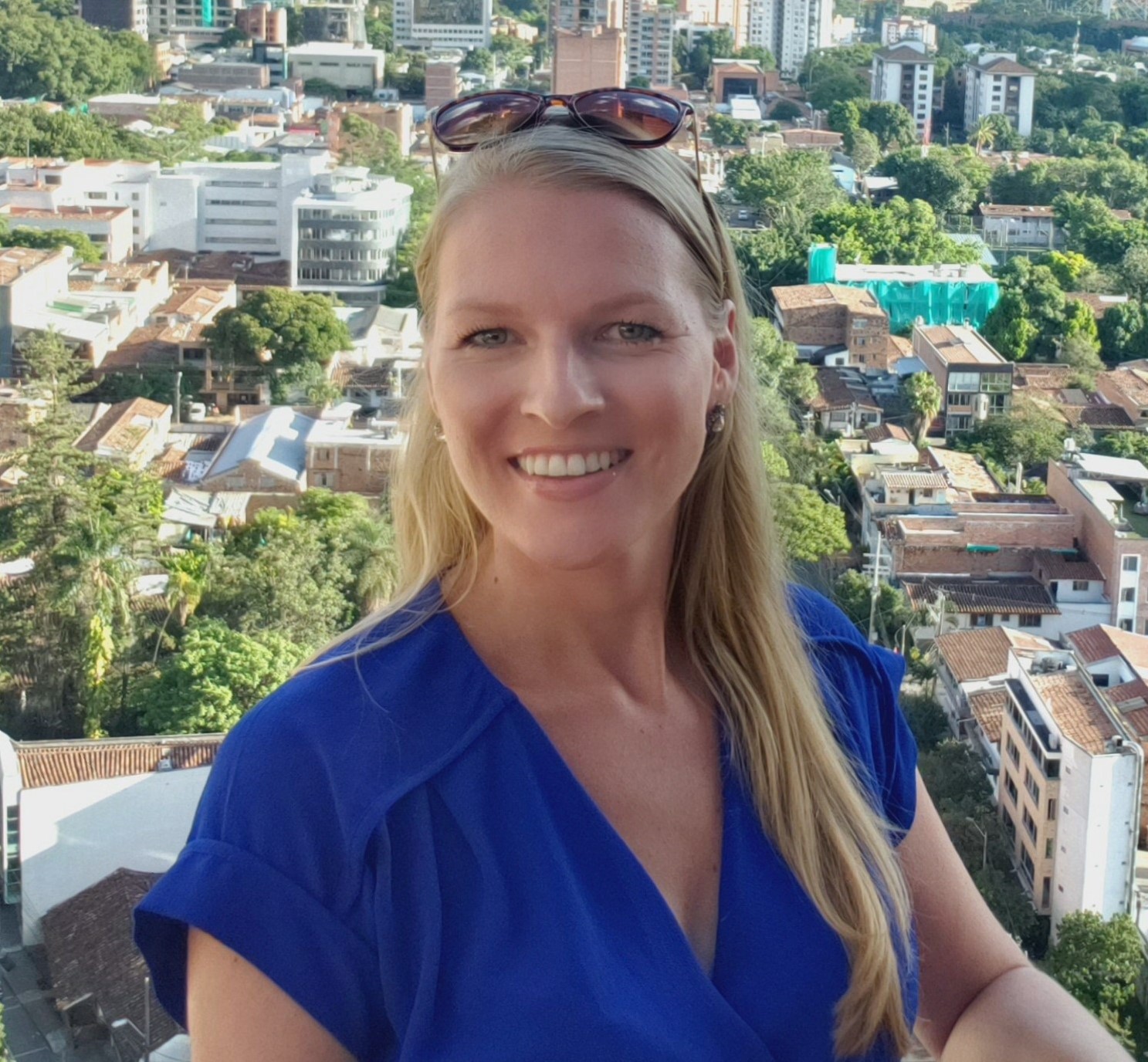
Rhonda Blokhuis
Product & Services
- Tailormade FIT and Group travel
- English, German, Spanish, French-speaking guides
- Accommodations, tours, national flights and transport
- Families with kids travel
- Nature and Culture trips
- Luxury travel
Contact Info
- El Poblado
- Medellín
- Colombia
Top Activities
- Immerse yourself in the colorful culture and lively festivals of Cartagena’s historic walled city.
- Adventure through the Andean mountains, conquering trails with breathtaking views and colonial towns.
- Wander through the cobblestone streets of Villa de Leyva, a charming colonial town frozen in time.
- Hike through the dramatic landscapes of the Coffee Region, with its verdant hills and picturesque plantations.
- Delight in the natural wonder of Caño Cristales, the "River of Five Colors," with its stunning rainbow-hued waters.
- Embark on a coffee tour in the Eje Cafetero, learning about the world’s finest coffee production.
- Discover the artistic charm and historical heritage of Medellín’s Comuna 13, renowned for its vibrant street art and community spirit.
- Navigate the scenic trails of the Tayrona National Park, where dense jungle meets the Caribbean Sea.
- Take a scenic boat ride through the picturesque lakes of Guatapé, featuring the iconic El Peñol rock.
Top Selected Tours
Do you need a quotation or more details?
Did you know this fact?
About Colombia
The country’s traditions, deeply rooted in community and family values, are celebrated with colorful festivals and rituals. Colombia’s natural resources, including its biodiversity, mineral wealth, and fertile lands, contribute to its status as a land of immense beauty and opportunity.
Colombian culture is a rich tapestry woven from Indigenous, African, and Spanish influences. This cultural blend is reflected in its music, dance, and festivals, with salsa, cumbia, and vallenato rhythms echoing through lively celebrations like the Carnaval de Barranquilla and the Feria de las Flores in Medellín. The country’s history, marked by pre-Columbian civilizations, Spanish colonization, and a struggle for independence led by figures like Simón Bolívar, has shaped its diverse cultural heritage.

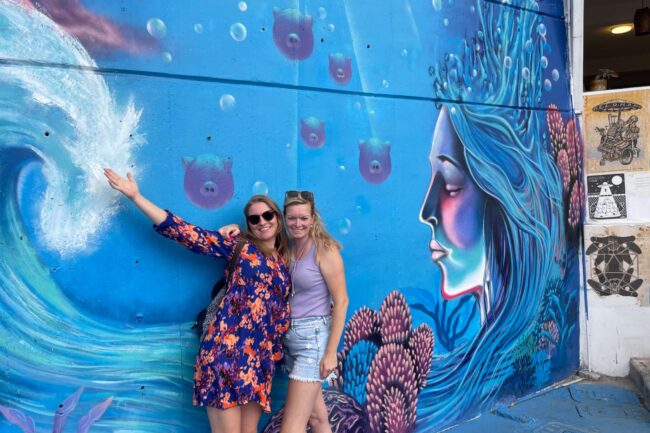
Medellín
Medellín, Colombia's second-largest city, is known for its stunning mountain views, pleasant climate, and innovative urban transformation. Once infamous for its violent history, it has reinvented itself as a hub of culture, technology, and social progress. Medellín's vibrant art scene, bustling markets, and efficient public transportation system make it a dynamic and modern destination.
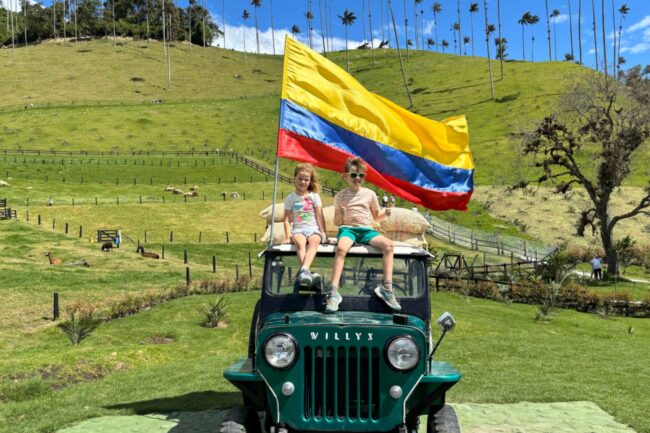
Coffee Region
Colombia's Coffee Region, or "Eje Cafetero," is a lush area nestled in the Andes, known for producing some of the world's finest coffee. The region offers scenic landscapes of rolling hills, coffee plantations, and vibrant towns Salento and Filandia. Visitors can explore coffee farms, go mountain biking, horseback riding, and experience Colombia’s rich cultural heritage in this picturesque area.
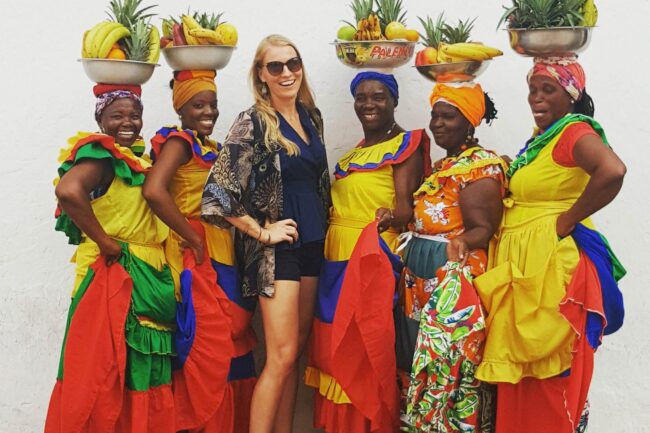
Cartagena
Cartagena, a UNESCO World Heritage site on Colombia's Caribbean coast, is famed for its colorful colonial architecture, vibrant streets, and rich history. Known as a major port city, it boasts impressive fortifications and charming old town squares. With beautiful beaches, lively culture, and a blend of African, Spanish, and Indigenous influences, Cartagena is a captivating destination for travelers.
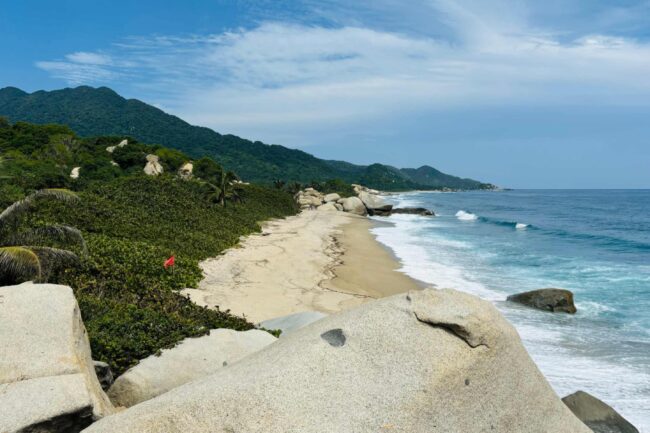
Tayrona
Tayrona National Park, on Colombia's northern Caribbean coast, is a breathtaking natural reserve known for its stunning beaches, crystal-clear waters, and lush tropical forests. Home to diverse wildlife and ancient archaeological sites, it offers a mix of adventure and tranquility. Visitors can hike, swim, and explore pristine ecosystems, making it a paradise for nature lovers and explorers.
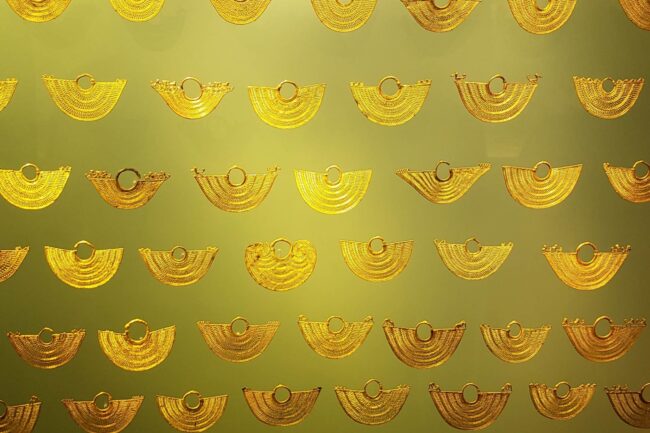
Bogotá
Bogotá, Colombia's vibrant capital, sits high in the Andes and is known for its rich history, diverse culture, and dynamic energy. The city blends colonial architecture with modern skyscrapers, offering attractions like the Gold Museum and Monserrate. With lively neighborhoods like La Candelaria, Bogotá is a bustling metropolis full of art, music, and a growing culinary scene

Amazon
The Colombian Amazon is a vast, biodiverse region teeming with lush rainforests, winding rivers, and exotic wildlife. Accessible from Leticia, the area's gateway, it offers incredible opportunities for eco-tourism, including jungle treks, river excursions, and indigenous cultural experiences. The Amazon is a haven for nature lovers seeking to explore one of the world's most vital and untouched ecosystems.
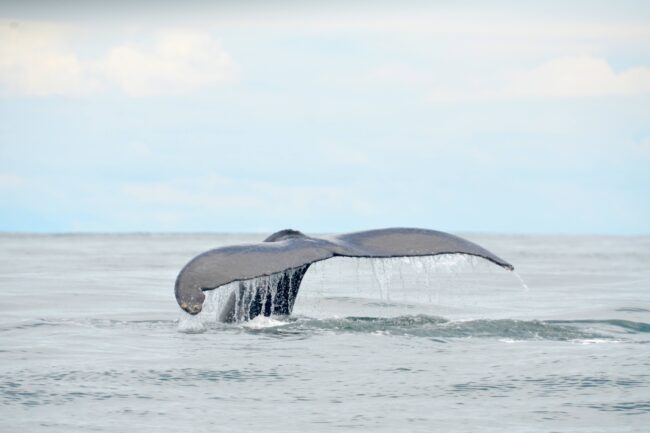
Pacific Coast
Colombia's Pacific Coast is a wild, remote region known for its rich biodiversity, dense rainforests, and dramatic coastline. It’s a hotspot for whale watching, particularly humpbacks, and offers secluded beaches, mangroves, and vibrant Afro-Colombian culture. Towns like Bahía Solano and Nuquí provide gateways to adventure, including diving, surfing, and exploring the region’s untouched natural beauty.
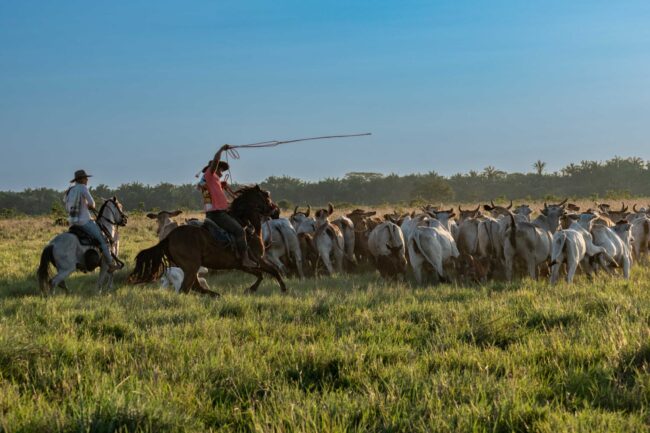
Los Llanos
Los Llanos, Colombia's expansive eastern plains, are known for their sweeping savannas, rich biodiversity, and traditional cowboy culture. This region is a haven for wildlife, including capybaras, anacondas, and jaguars. Visitors can experience stunning sunsets, birdwatching, and cattle ranching. Los Llanos' vast landscapes and authentic rural life offer a unique and serene escape into nature.


